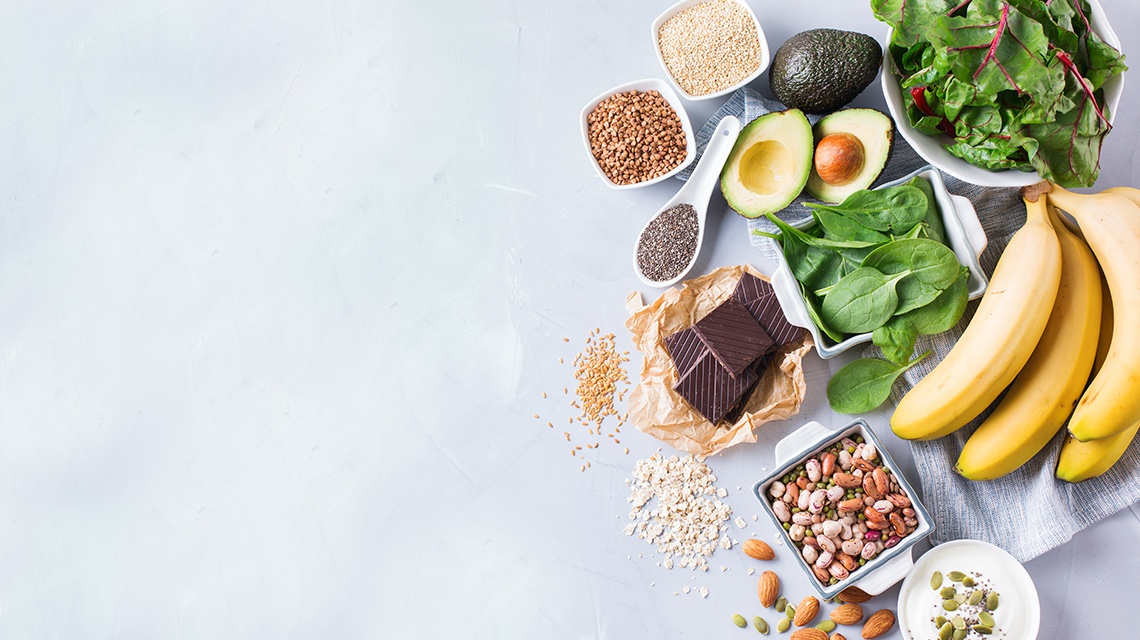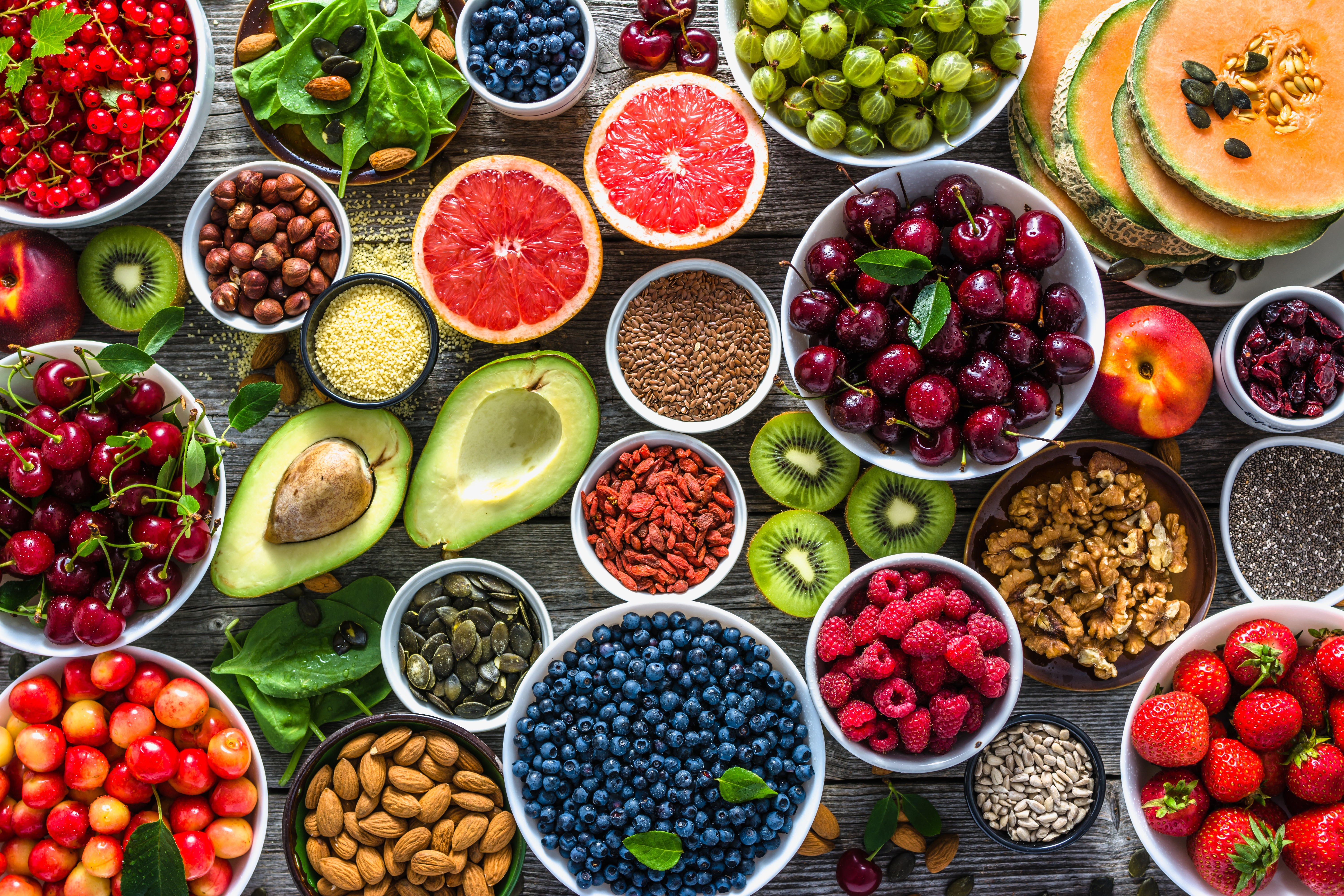
Stress Eating
Hunger & Healing
May 4, 2021Hunger & Healing
May 4, 2021Stress eating, or emotional eating, is an incredibly common coping mechanism. And with all the stresses and uncertainty of the world today, these types of eating patterns are surging. The behaviour of using food beyond our nutritional needs, as a form of consolation when we are uncomfortable, anxious or depressed, is so incredibly prevalent because it seems to work. Eating our favourite comfort foods that are high in fat, carbs and sugar gives an immediate calming effect.
But in the long term this strategy does little to mitigate stress and ultimately means that your emotions, rather than your body, are dictating your diet. We’ve put together some tools to help deal with triggers and cravings in a more compassionate way.
What are the Causes?
Some emotional eaters use food when they are sad, overwhelmed or confused. And actually there are physiological reasons for turning to food when you need a pick-me-up. Eating (especially refined foods) initiates a release of dopamine, ‘the feel-good chemical’. This gives you an immediate reward and, even though it is not sustained, still powerfully impacts your brain, creating neurochemical pathways that remember the happiness derived from that pint of ice cream. When you experience a wave of emotion later on, the brain remembers that sugar brought a sense of relief and stimulates cravings for these same foods. But if you eat refined snacks and fast foods every day, the constant stimulation is too much for your brain and the dopamine receptors diminish, in an attempt to downregulate. The result? It takes more and more food to feel good.
For others, eating can be a way of avoiding problems or managing stress. This type of eating is driven by the release of cortisol in the body, which causes glucose release (an evolutionary component of the fight or flight response), as the body reacts to acute stress by preparing itself to either battle or flea. As you use up your glucose stores the brain attempts to replenish them, thinking you need extra fuel to fight the threat and triggers you to reach for something sweet, salty or fatty.
Finally, boredom eating is something worth mentioning as well. This is when eating becomes a strategy just to break the monotony. While stress or emotional eating may feel like intense cravings, this style of eating may arise just due to habit or simply because the food is there.
All these variants share the common principle that they cause us to eat for reasons outside of physical hunger and nutritional needs.
How to Manage
First of all, it is really important not to villainize these natural responses. They are the body’s way of communicating that it needs something, wants to feel good or requires comfort. Experiencing these cravings does not make you weak nor does occasionally fulfilling them. However, emotional eating can become a vicious and unhealthy cycle of guilt and feelings of powerlessness if it is your primary emotional coping mechanism. So it is important to learn healthier ways to track and moderate these behaviours, such as:
Distinguishing the difference between your ‘hungers’
Emotional hunger tends to come on suddenly, feeling urgent and overwhelming. It is usually a craving for specific foods, and can result in mindless eating or eating very fast without savouring the food. Typically this kind of hunger isn’t satisfied even when your stomach is full, and often leads to feelings of guilt or shame after eating. Begin to differentiate between physical hunger cues versus emotional ones.
Identifying your triggers
Does an upcoming deadline cause you to reach for the chips? When you have a fight with a loved one, or are feeling lonely and sad do you stuff yourself to silence the emotions? Or perhaps you have ingrained childhood habits of receiving sweets when you were upset? Whatever it may be, it is important to become aware of your specific triggers and begin to track when they arise and how you respond to them. You can try keeping a diary of moments when you are compelled to reach for comfort foods, and notice what kind of pattern emerges.
Pausing and checking in
Often when an urge hits, the response is near automatic and the result is an almost mindless munching. Try taking a moment to pause and reflect when a craving comes. This isn’t the same as forcefully denying yourself food, but is rather about taking a moment to see what’s up inside of you, and determine if there is another way to address the emotion that is arising. Which leads us to the next strategy.
Finding healthier alternatives
If you are feeling sad or lonely try calling a loved one or finding some other unique source of emotional nourishment. If you are stressed out, put on your favourite song and shake out some of that nervous energy, or try any other favoured physical activity. If you’re exhausted, sad and stressed try being very gentle and practising self-soothing methods, like taking a bath and getting cosy wrapped in a blanket. And if you are bored then try shifting focus to anything else that may entertain you – a good book, a film, whatever.
Acceptance
Most emotional eating is a way to escape negative valence emotions. But by allowing yourself to feel these uncomfortable feelings you will notice that they often subside on their own. Emotional eating can trigger feelings of powerlessness around food, but it is actually more related to powerlessness over our own emotions. By gently becoming more mindful and accepting towards the wide spectrum of emotions you become more capable of dealing with them, the good and the bad.
The bottom line: it is vital to normalize conversations around these eating patterns and be gentle with ourselves as we rebuild a more healthy relationship with food. Let go of the judgement and understand that everyone stress eats sometimes and that is totally normal! By staying aware and compassionate, even when emotionally triggered, you can begin to alter the way you cope and more thoroughly enjoy your food.

